Last Updated on April 12, 2025 by Michelle
Should I sprout seeds? How do I do it? And what are the best sprouts to eat?
We’re going to answer all of this and dive into lots more details too, right here.
In fact, think of this article as your Ultimate Guide to Sprouts.
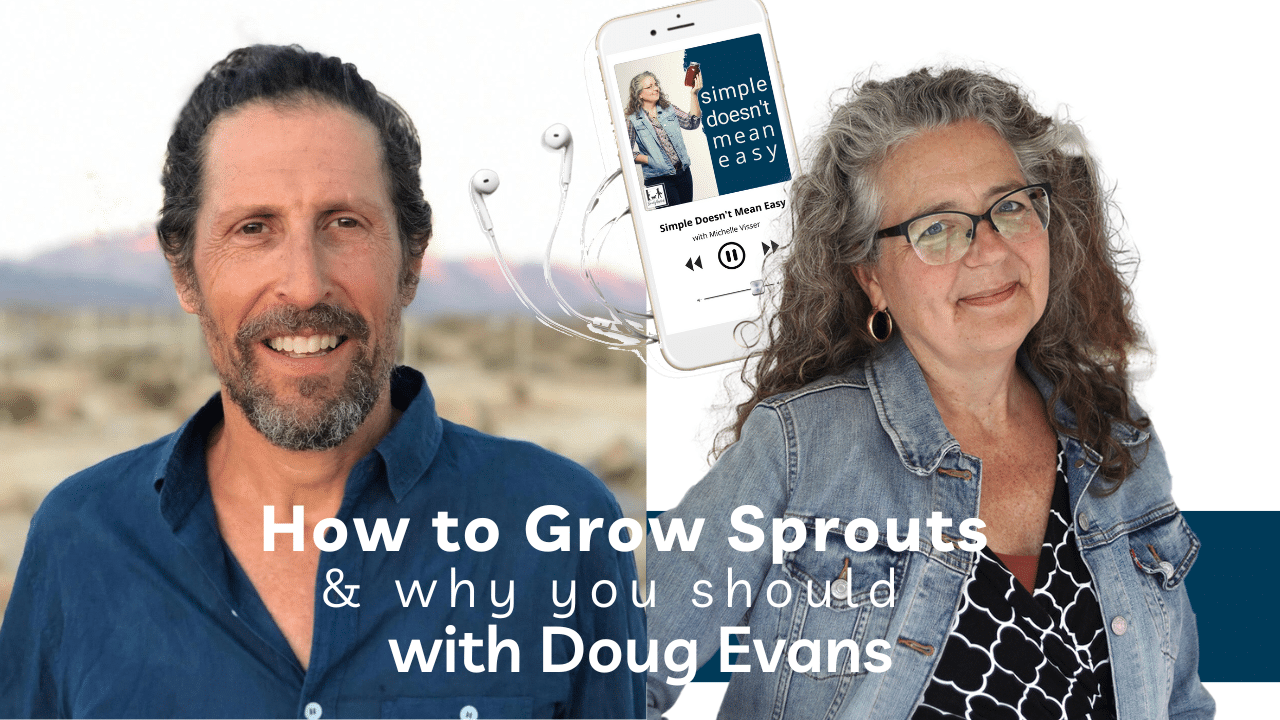
It all started as a podcast episode–an in-depth conversation with Doug Evans, author of the bestselling book The Sprout Book–-on the Simple Doesn’t Mean Easy podcast. (S 7 E2) We chatted all about the incredible benefits of eating sprouts. And that blossomed into this resource you’re reading now.
But be sure to listen in to the episode for even more information than you’ll find here.
In this podcast episode (S7 E2), Doug shares:
- how he uses garbanzo beans to make a knock-off popcorn-ish snack.
- what sprouts he would feed to dogs (literally, not figuratively)
- the best sprout combo to use on tossed salads,
- the best blend-able sprouts to toss in a smoothie,
- his personal favorite sprout of all.
Growing your own sprouts is easy, affordable, and one simple change that can transform your nutrition. So let’s ask–and answer–all the important questions.
How can you grow veggies in the winter?
Sprouts are versatile enough that you can truly grow them in any season, in any climate. No joke.
Because you’re growing them indoors, in your kitchen, and they’re ready to eat in just 4-5 days, these are truly veggies anyone can grow, no matter where they live.
Doug Evans explains in his bestselling book, The Sprout Book, that he moved to the desert where he had no access to fresh produce, so he started growing all his food, in the form of sprouts. We talked about this and a lot more in this podcast episode (S7 E2) on the Simple Doesn’t Mean Easy podcast:
What are sprouts?
Sprouts are seeds that are rinsed and soaked to remove the testa (or seed coat), then left in the dark to sprout and grow, searching for light.
Are sprouts good for you?
Sprouts pack huge nutrition in the form of antioxidants, vitamin C, and fiber. Many medical experts agree, sprouts provide health benefits.
By soaking them, we activate the dormant seed and they germinate and sprout. As they’re sprouting, in only 4-5 days, those seeds are doubling in antioxidants, tripling in vitamin c, and quadrupling the soluble and insoluble fibers.
The sprouting process unlocks natural plant compounds that have anti-cancer and blood sugar regulating effects.
Which sprouts have highest amount of protein?
Sprouts and weight loss?
Which sprouts are the best?
Before naming what may be truly the best, most nutritious sprout, let me explain a few things.
First of all, insects are a plant’s main predators. The plants’ defense against their predators? With any vulnerability, such as a bite from an insect, a plant forms a compound (sulforaphane) that is toxic to insects.
But this same compound that protects the plants also greatly benefits us, acting as an anti-inflammatory, killing cancer cells, and improving brain health.
Broccoli sprouts contain the highest levels of sulforaphane. Broccoli sprouts contain 100-400 times the content of sulforaphane compared to other cruciferous vegetables!
So if I was going to eat only one sprout, I think broccoli would be it.
Which sprouts are cruciferous?
Cruciferous sprouts are higher in sulforaphane. These include broccoli, radish, kale, mustards, radishes, and wasabi.
What type of broccoli is highest in sulforaphane?
While broccoli is the sprout highest in the sulforaphane compound, science studied if any particular strands of broccoli have more sulforaphone than others. It turned out scientists learned that the type of broccoli doesn’t matter, but the stage the broccoli is at in its growth.
Broccoli seeds have the most sulforaphane, but other compounds in the seed make it non-bioavailable to us if we try to eat broccoli seeds. BUT if we soak the broccoli seed, removing the testa, the sulforaphone is now bioavailable.
So, folks, broccoli spouts are truly amazing.
Are sprouts different than microgreens?
Microgreens, unlike sprouts, need a growing medium (paper towels, coconut fiber, hemp fiber, and soil are all mediums to hold the roots).
Microgreens also require more water and a longer time to grow than sprouts.
Also, with a sprout you are consuming all of the plant. With microgreens we only eat the top part, cutting them off at the ground level.
Why grow microgreens?
Is sprouts offer more nutritional value and grow easier and faster, why eat micro greens?
Certain varieties of micro greens (pea shoots and sunflower seeds, for example) are much easier to grow as a microgreen. If you try to sprout sunflowers, for example, the shell is tough and you’d have remove every shell, one by one, by hand.
Also, growing the microgreen for longer means the final product tastes more like the full-grown plants.
Why don’t all grocery stores carry fresh sprouts?
Sprouts need to be transported with water, which can be tricky, and sprouts have a rather short shelf life. Both of these facts are pretty big deterrents to any large-scale business model selling sprouts.
Are there special things you need to grow sprouts?
Growing sprouts is so simple, and the tools you need are pretty minimal: Doug’s book, mason jars & sprouting lids like these & trays to drain water OR a sprout garden.
I personally love my sprout garden. It keeps everything in one compact area and keeps my sprouts well drained. For a limited time, use code TLMGIFTS15 and save 15%! Spend over $75 and shipping is free. (p.s. use that code on anything on sale on the Gift Giving List and stack your savings!)
What are the best ways to eat sprouts?
Here are lots of creative ways to eat more sprouts:
- Add to your tossed salads
- Blend into all of your smoothies
- Add to stir-fry
- Use instead of celery in tuna salad & add onto a chicken salad
- Add fine sprouts (like alfalfa) as a topping to your next bowl of soup
- Stir mung bean or lentil sprouts directly into your soup, right before serving
- Add alfalfa or clover sprouts to potato cakes (my family’s favorite way to reheat leftover mashed potatoes)
- Add in to scrambled eggs, right before they’re ready to be removed from the skillet
- Sprinkle on top of over-easy eggs
- Use in coleslaw and/or potato salad
- Add into rice dishes
- Mix into spaghetti sauce, right before serving
- Use as an edible garnish
- Just pop them in your mouth, raw, as a so-good-for-you snack
The “rules” of sprouts
- Be sure to rinse 2-3 times a day, every day.
- Keep your sprouts moist, but not wet.
- Try to keep them at a stable room temperature, when possible, of around 72°F.
- Give your sprouts plenty of room to breathe, not putting too many in one jar or tray.
- Keep sprouts covered and away from light.
Listen in as Doug and I talk through all of the points here, in this Ultimate Guide to Sprouting, and as we cover so much more, such as:
How to keep sprouts moist but not too wet.
Why it’s important to not overfill your sprout containers.
Why you should NOT use garden seeds for sprouting.
Why you might not want to buy sprout seeds in bulk.
How long sprouts can be refrigerated for.
Sponsors for this podcast episode on growing sprouts:
Please check out these two amazing family-run companies who have invested into the podcast and who are small businesses I truly believe in:
Find out more about an amazing source for sprouting tools and seeds (especially unique blends!), True Leaf Market, here: SoulyRested.com/seeds
Find out more about Azure Standard, an independent food supply chain that is fixing a broken systems and providing high-quality food and other products to families across the United States, here: SoulyRested.com/azure
Use code soulyrested10 for 10% off your first Azure order of $50 or more, delivered to a drop near you. Go here to find your nearest drop location.
Win a Grain Mill!
Enter to win a black Harvest Grain Mill & free access to Fresh Flour University!
You are welcome to enter DAILY for more chances to win, just sign up here for a daily email reminder.
Related Links mentioned in podcast:
- Dive into my FREE ecourse about sprouts right here.
- Listen in to my talk with the wholistic nutritionist who recommended our diet should be 50% veggies.
- How and why to grow sprouts (a detailed article)
- Download my complete (FREE!) 8-page Pantry Checklist for links to all my favorite sprouts as well as all the other items in my kitchen pantry (and lots of discount codes too!)
Find Doug Evans:
Sign up for Doug’s newsletter: thesproutbook.com
Dive into his new sprouting course: OneCommune.com/sprouts
And grab Doug’s best-selling book here: The Sprout Book
Podcast Feedback
While this article briefly mentions a lot of the points of my recent chat with salt expert, Darryl Bosshardt, join in our conversation and dive into the fascinating world of salt even more right here: The Ultimate Guide to Salt & 3 questions you need to ask (S7 E1)
Or listen right here:
Did you enjoy listening to this episode? Please take a quick second to leave a review to let us know. This will help others learn about this podcast. Plus, I genuinely appreciate the feedback!
Just click on “Listen on Apple Podcasts,” then scroll down under “Ratings & Reviews” and click “Write a Review.”
If you don’t have an iphone, you will need to be on a desktop to see the “Listen on Apple Podcasts” option.
“Listen, listen to me, and eat what is good, and you will delight in the richest of fare.” Isaiah 55:2
Pin this for later!
Click on the image below to pin this post.
Find out why SoulyRested was considered to be one of the One of the Top Homesteading Blogs.
Glance at my Resource Page if you’d like to get a glimpse of all the supplies I use and recommend for everything from gardening, to homeschooling, to chicken care, to nature journaling, to maple syrup making.

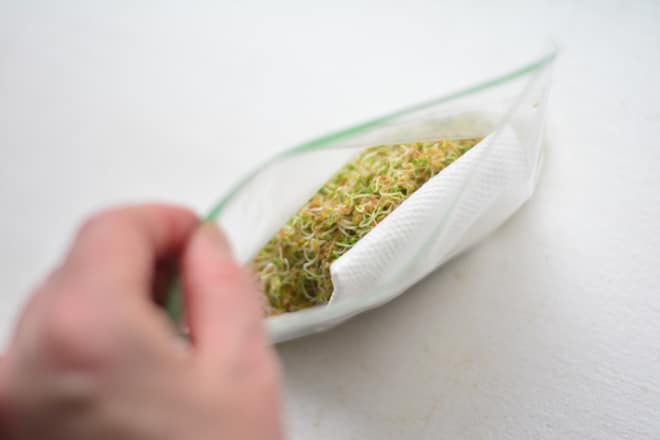
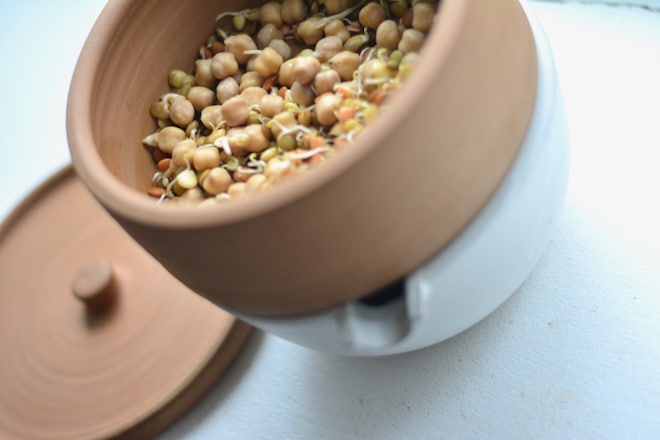

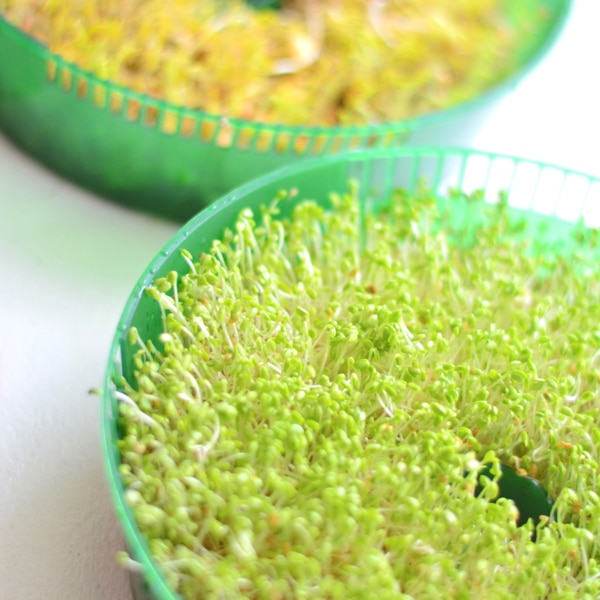
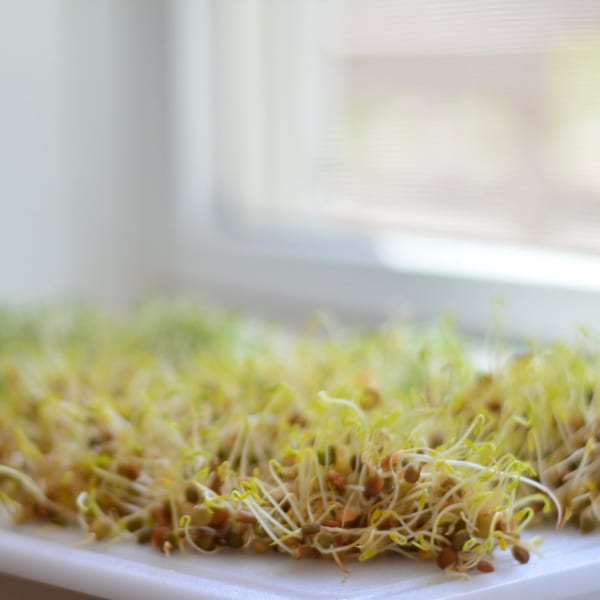
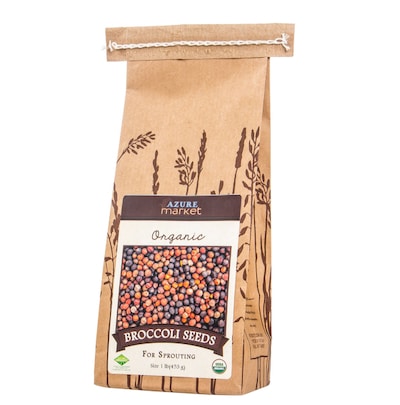
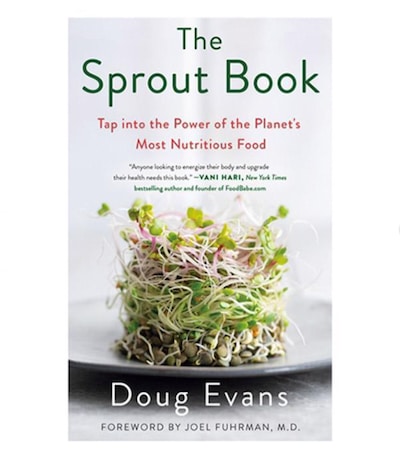
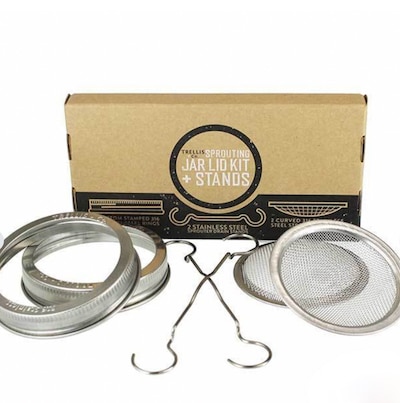
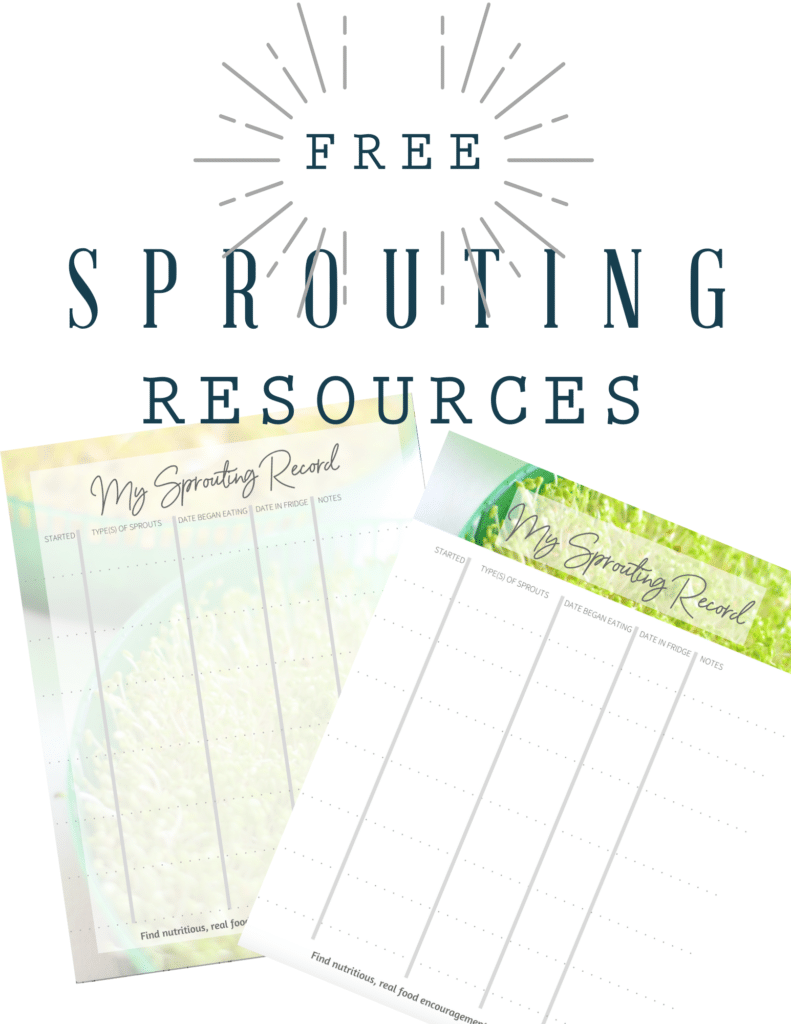
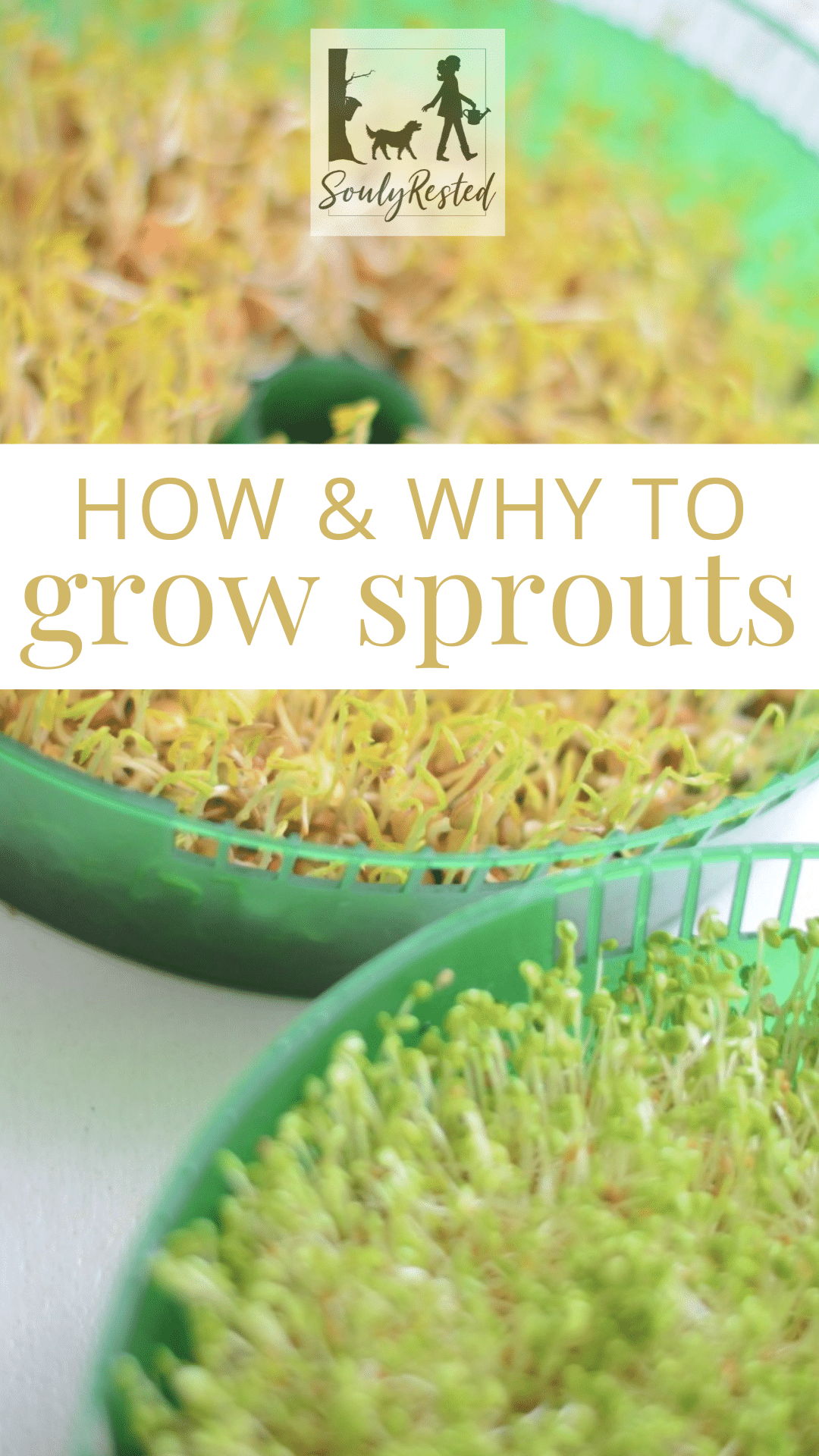

This is awesome information and confirmation. I literally own a spout sprout and I am a growing them now this is my second batch since I have purchased my spout sprout and I love it. I can get growth within 2 to 4 days. And harvest and eat within four days. It is great.
it really is amazing, isn’t it?? Fresh home-grown food in just days!